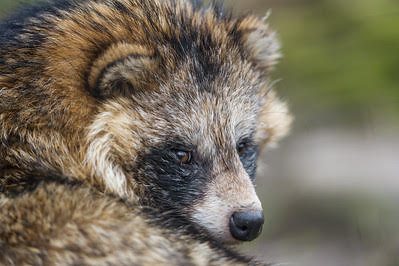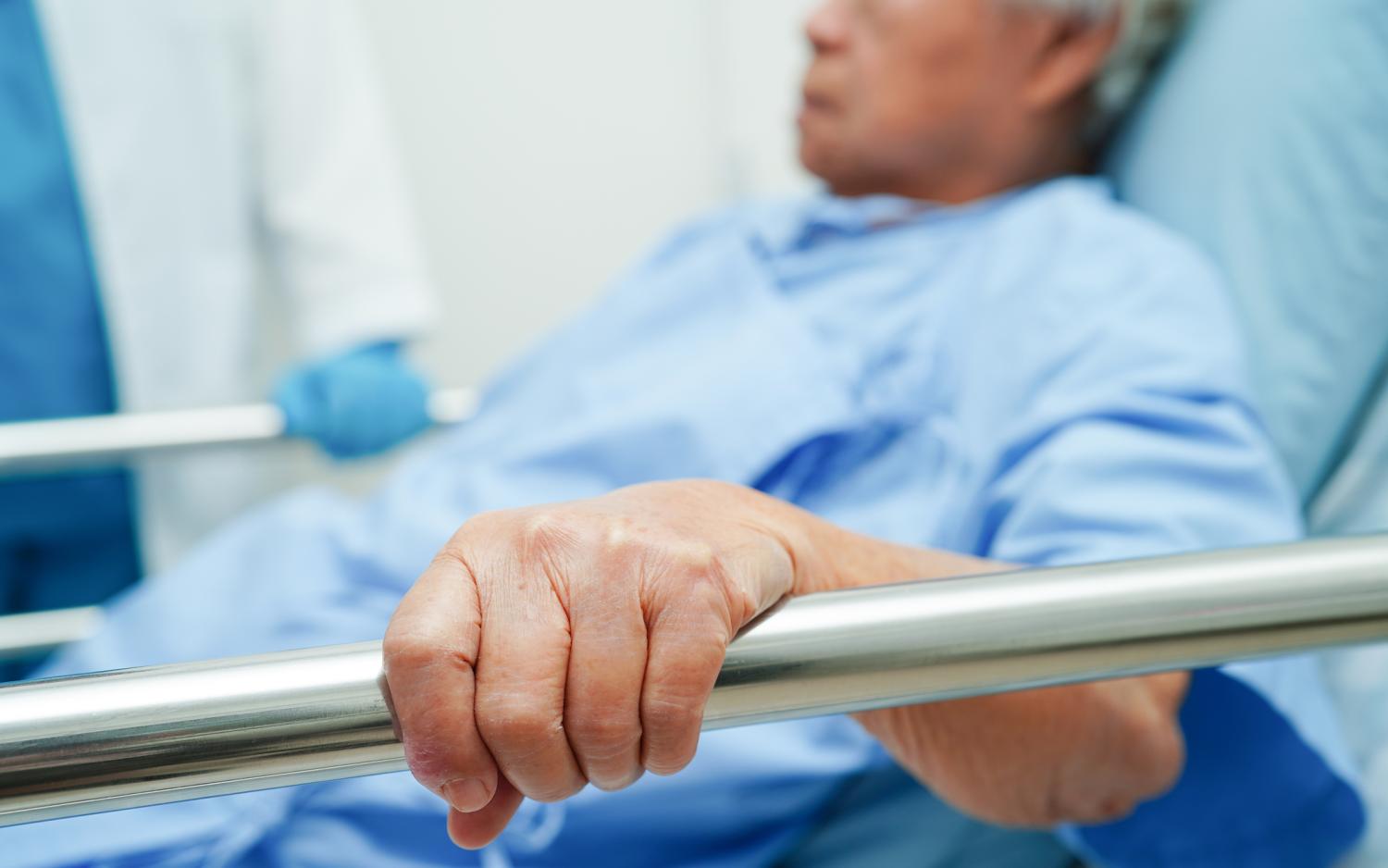The prevalence of polymyxin-resistant bacterial strains in India exceeds the global average, according to a review and meta-analysis published this week in the Journal of Antimicrobial Chemotherapy.
Polymyxins are considered a last-resort antibiotic class for multidrug-resistant gram-negative bacteria. While global resistance to polymyxins has emerged over the past decade due to their extensive use in healthcare and food-producing animals, the extent of polymyxin resistance in India has not been extensively studied. Colistin (polymyxin E) was widely used on Indian poultry farms prior to 2019, while Indian hospitals have become increasingly reliant on colistin because of the increasing number of patients with carbapenem-resistant infections.
The meta-analysis of 41 studies that included 24,589 gram-negative bacterial (GNB) isolates found a 15% rate of polymyxin-resistant bacteria in India. Among all Indian states that have reported polymyxin resistance, the highest resistance rates were found in Tamil Nadu (28.3%), Uttar Pradesh (16.3%), and Odisha (15.9%). The global average is 10%.
A breakdown of polymyxin-resistant isolates by their source found 89% were from clinical sources, and the remaining 11% were from environmental sources. The rate of polymyxin resistance was 13.5% among clinical isolates and 27.6% among environmental isolates.
Plasmid-borne MCR genes
The study also found that of all the polymyxin-resistant isolates, 8.4% were found to be positive for plasmid-borne mobile MCR genes, which confer resistance to colistin and can be shared among different species of bacteria. The first MCR genes were discovered in Escherichia coli and Klebsiella pneumoniae in China in 2015 and have since spread globally.
"As the potential of rapid dissemination of plasmid-borne mcr genes is significantly high, it is pertinent to conduct periodic surveillance to monitor their distribution in the environment and clinic," the study authors wrote.
The authors say sustained measures need to be in place to contain further spread of the polymyxin-resistant phenotype and to develop better versions of polymyxins and their derivatives.















